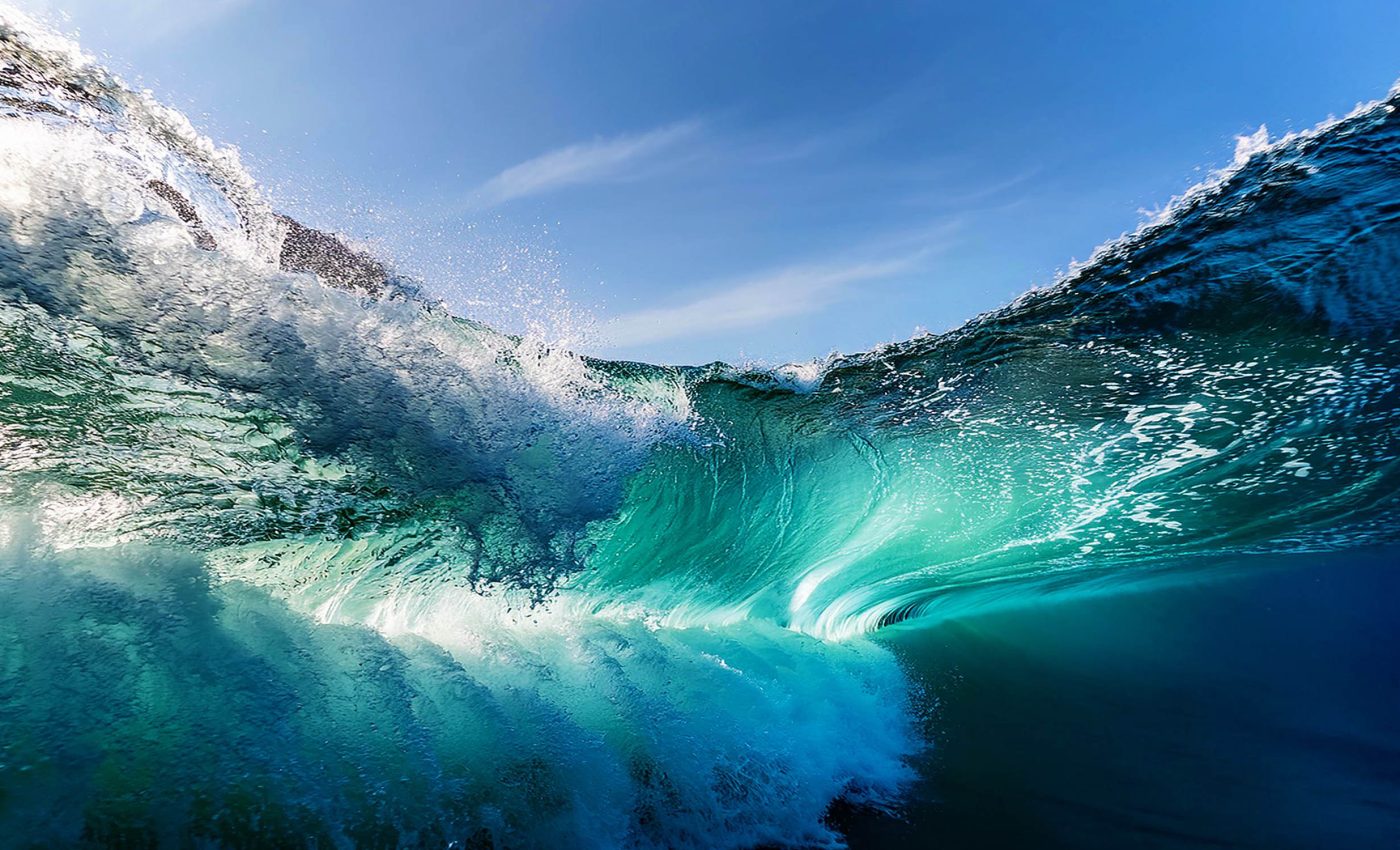
Ocean waves can get much bigger and taller than we ever imagined
For the most part, we know ocean waves to be calm, serene and even therapeutic, while simultaneously, powerful, destructive and highly unpredictable.
A new study has made an intriguing discovery — an aspect of ocean waves that we haven’t yet fully comprehended.
Swell and surge of ocean waves
According to this research, ocean waves can grow four times steeper under certain conditions than what was earlier believed to be their limit.
So, if you thought ocean waves were all about their two-dimensional swaying motion, prepare to be stunned. The truth is, things are rarely as simple as they seem.
Diving deeper in ocean waves
Contrary to common belief, waves aren’t always two-dimensional.
The researchers, including Dr. Samuel Draycott from The University of Manchester and Dr. Mark McAllister from the University of Oxford, discovered that in the open ocean, waves can travel in various directions and don’t always fit into the simplified two-dimensional model.
3-D ocean waves
Much to their surprise, the researchers found that three-dimensional waves can grow twice as steep before they break compared to the conventional two-dimensional waves.
Even more surprisingly, they continue to grow steeper even after breaking.
The implications of this revelation could reach far and wide. From redesigning offshore structures to revamping weather forecasting models, this discovery will make us rethink our approach to understanding the ocean.
Redefining ocean waves
“We show that in these directional conditions, waves can far exceed the commonly assumed upper limit before they break,” explained Dr. Draycott. “Unlike unidirectional (2D) waves, multidirectional waves can become twice as large before they break.”
In 2018, a research project attempted to recreate and study the famous Draupner freak wave for the first time ever at the FloWave Ocean Energy Research Facility at the University of Edinburgh.
Building on that work, the team has now developed a new 3D wave measurement technique that allows a closer study of breaking waves.
“The three-dimensionality of waves is often overlooked in the design of offshore wind turbines and other marine structures in general, our findings suggest that this could lead to underestimation of extreme wave heights and potentially designs that are less reliable,” noted Dr. McAllister.
Implications for marine safety
The understanding of three-dimensional waves is not just an academic concern but has critical ramifications for marine safety.
Navigational routes and deployment strategies for ships could be seriously impacted by these newly understood wave dynamics.
With the capacity for waves to grow steeper and larger, mariners must be more cautious in their operations, especially under unpredictable oceanic conditions.
Consequently, this new knowledge encourages the development of advanced predictive models and safety measures to mitigate potential hazards for boats and ships navigating treacherous seas.
Engineering and design practices
This insight into ocean wave behavior is poised to transform engineering and design practices across various sectors.
Engineers must rethink the construction and resilience of offshore structures, including oil platforms and coastal defenses, to accommodate these newer, complex wave dynamics.
The three-dimensional wave model presents a challenge but also an opportunity for innovation in materials science and structural design.
By tailoring infrastructure to better withstand the amplified forces of these waves, we can protect valuable assets and reduce the risk of catastrophic failures.
Additionally, this paradigm shift compels educational institutions to adapt their curricula, equipping future engineers with the necessary skills to address these challenges.
“Summing Up the Tsunami of Information”
Who knew that the calm, serene ocean waves could offer such a complex picture!
“Whether we want it or not, water waves are more often three-dimensional than two-dimensional in the real world. In 3D, there are more ways in which waves can break,” said Professor Frederic Dias of University College Dublin (UCD) and ENS Paris-Saclay.
With this new light on ocean wave behavior, it’s clear that our understanding of the world around us still has room for surprises. So the next time you catch sight of a wave, remember — there’s a lot more than meets the eye.
The study is published in the journal Nature.
—–
Like what you read? Subscribe to our newsletter for engaging articles, exclusive content, and the latest updates.
Check us out on EarthSnap, a free app brought to you by Eric Ralls and Earth.com.
—–













